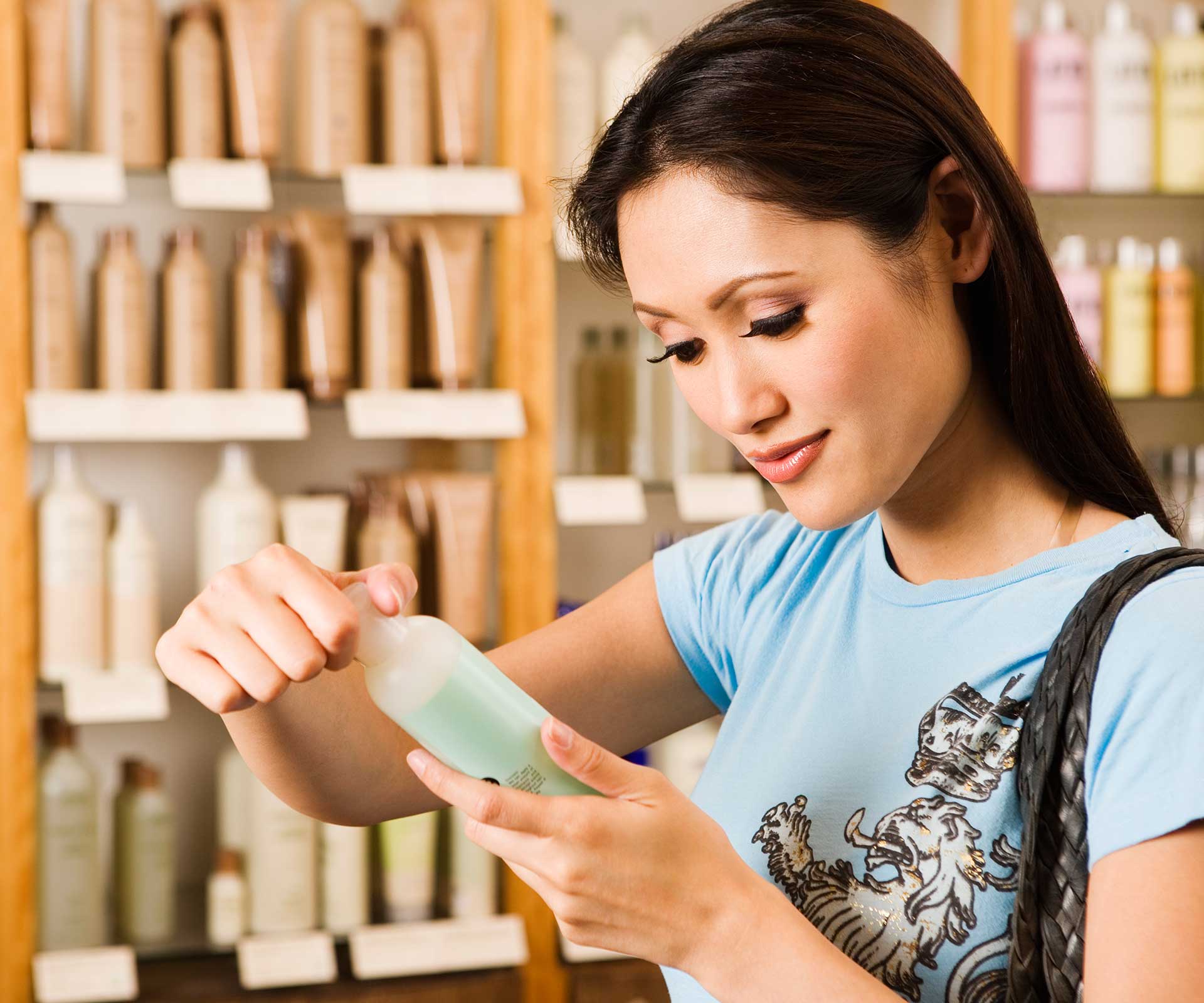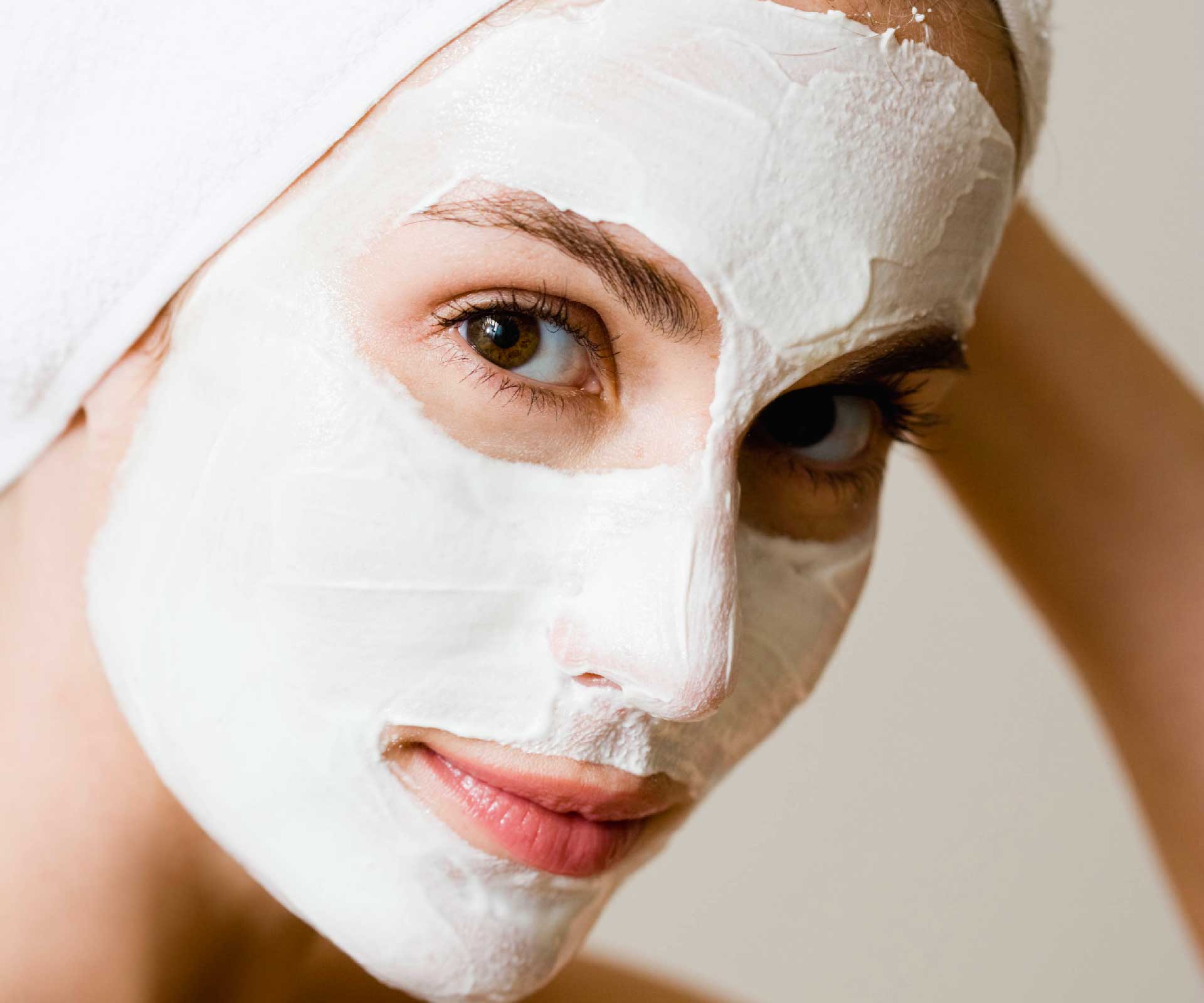It can be so confusing trying to work out what is good for your skin and what is bad.
Here are my top five ingredients I think you should avoid – so check the ingredients on your skincare products.
If it doesn’t have a label, don’t buy it. You deserve to know what you are putting on your skin.
1. Parabens
You’ve probably heard of these oestrogen-mimicking ingredients. They’re a low-cost preservative so they appear in 85 per cent of cosmetics, from shampoo and face wash to body lotion and anti-ageing treatments.
The evidence is still inconclusive, but parabens have been found in the tissue of breast tumours, can cause allergic reactions and are considered carcinogenic in high doses.
2. Formaldehyde
Appears as a component in other preservatives and is known to cause cancer in large doses. It can also give you a rash, so avoid products with quaternium-15, DMDM-hydantoin, imidazolidinyl urea or diazolidinyl urea.
3. Petroleum and Other Petrochemicals
As well as being bad for the environment, they can also alter how much you sweat, causing clogged pores, rashes and acne. Check your labels for petroleum distillates, which are found in mascara and hairspray, mineral oils and paraffins.
Lip balms and treatments that contain petroleum jelly should stay on the shelves too, since their water-repellent nature ultimately suffocates pores.
4. Sodium Lauryl Sulphate (SLS) and Sodium Laureth Sulphate (SLES)
You’ve probably heard of these as they’re present in any product that foams, from shampoo to face wash.
SLS and SLES strip hair and skin of natural oils and protective barriers, which can lead to dandruff, flaky skin, acne and quicker ageing. Sometimes they’re also contaminated with a carcinogen called 1,4-dioxane, so it’s best to look for products without sulphates.
5. Fragrance or Parfum
Fragrances aren’t regulated because they fall under trade secret law, meaning companies don’t have to reveal their ingredient list lest they give a competitor insight into how to replicate it.
This, of course, makes it difficult to determine what’s in those perfumes, leaving the consumer open to ingredients that are banned in other forms – and more often than not, they comprise endocrine-disrupting ingredients that can cause everything from migraines and skin rashes to respiratory issues and birth defects.


